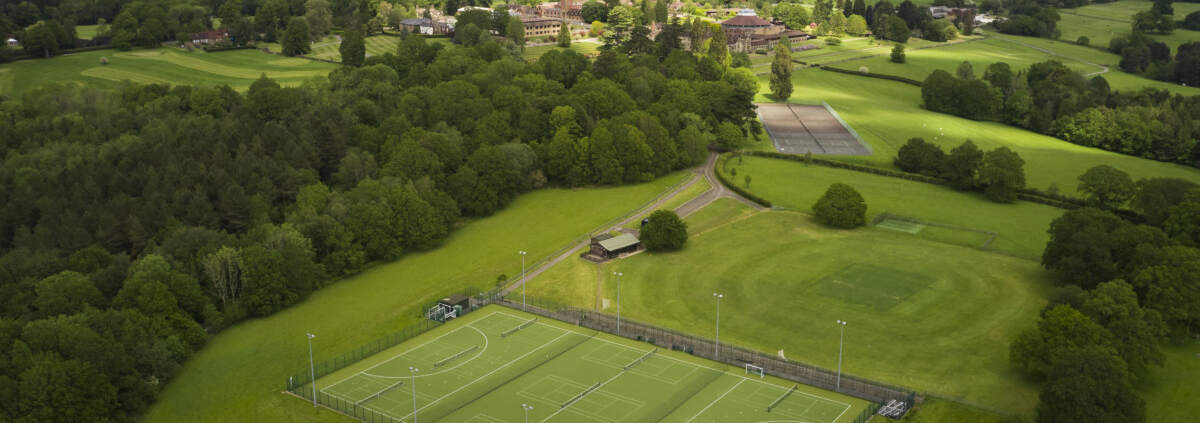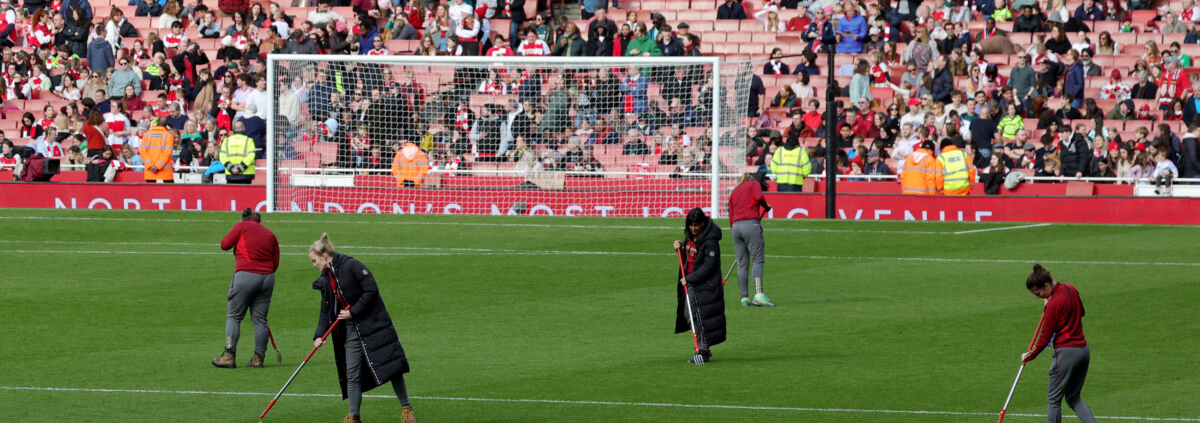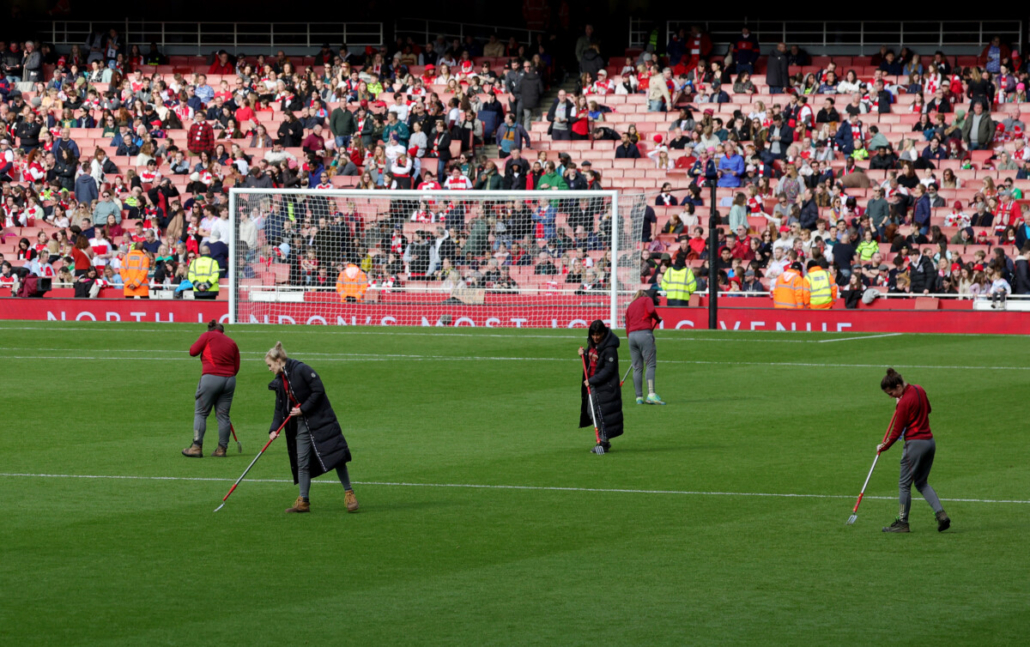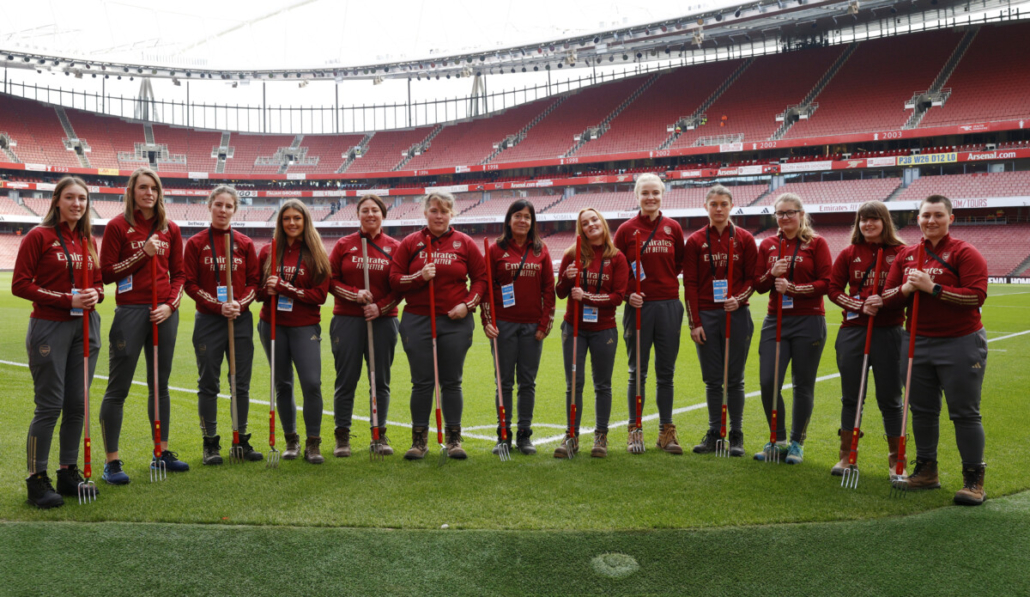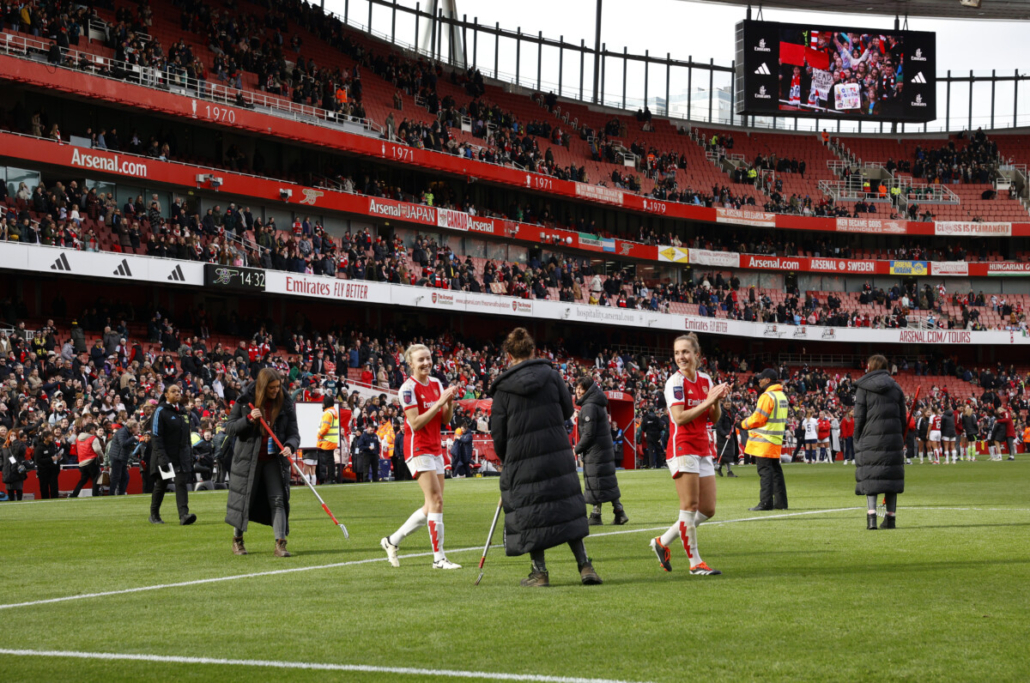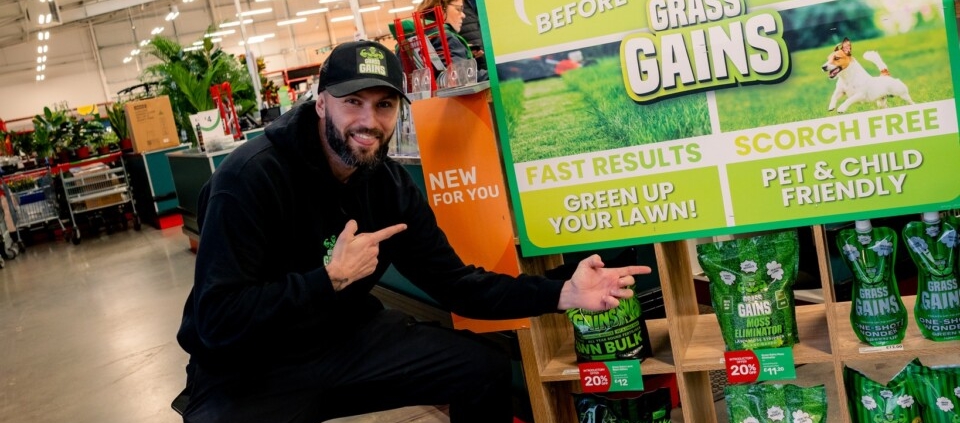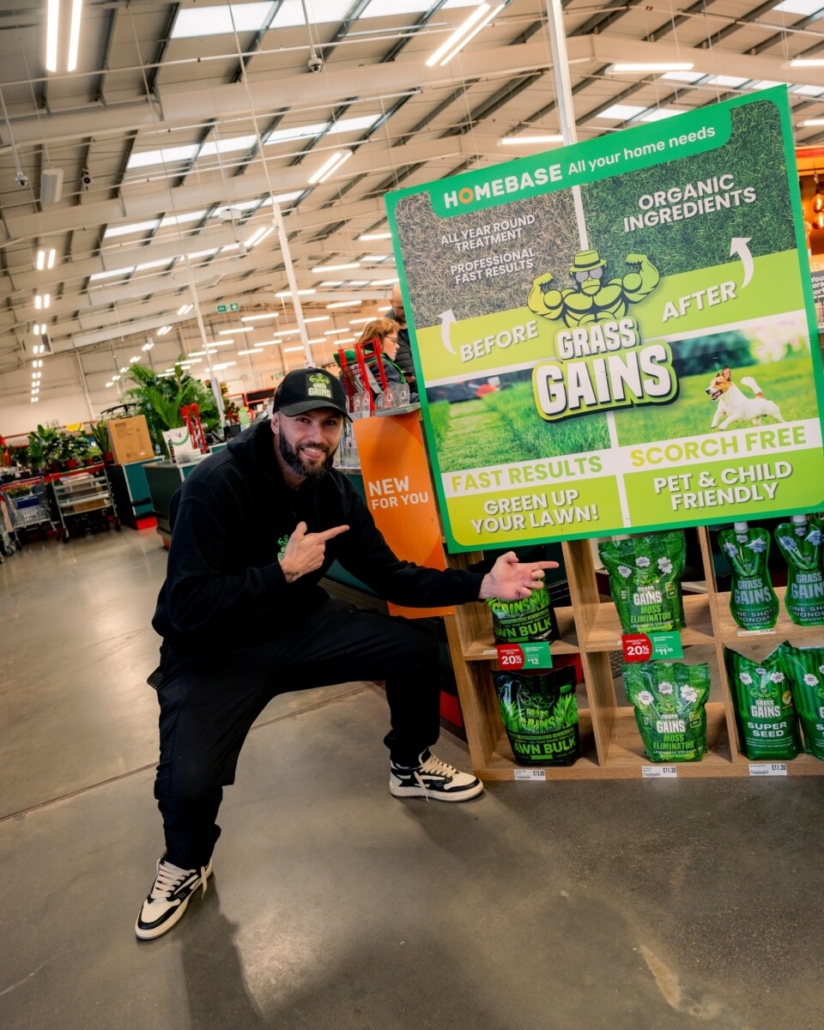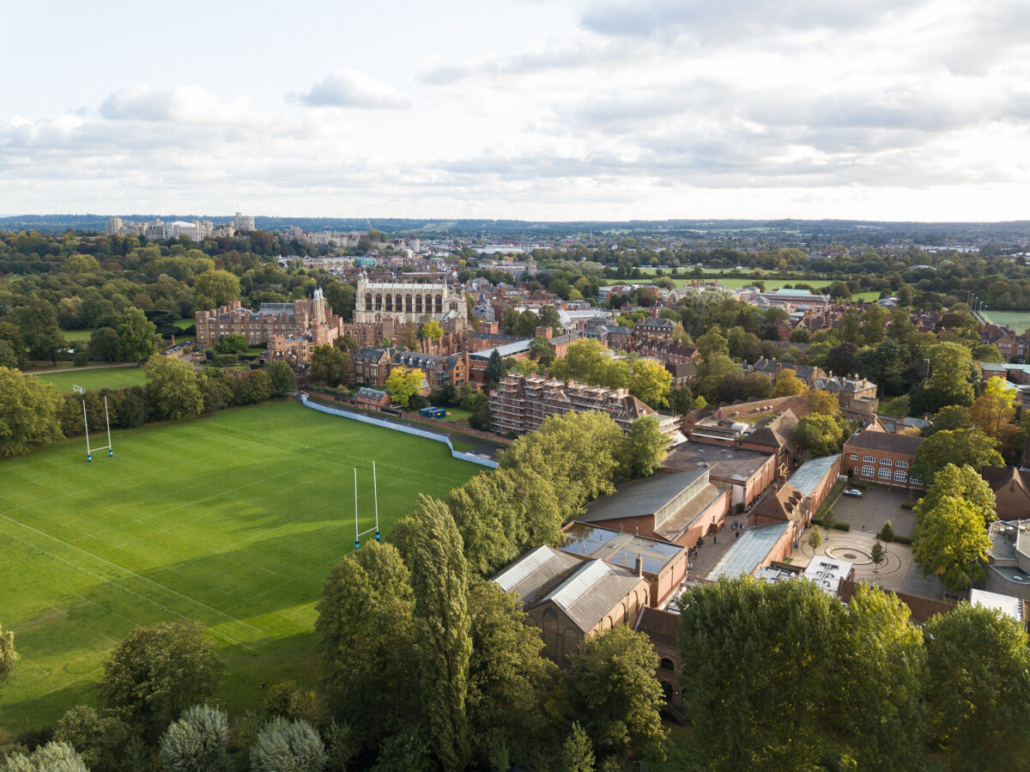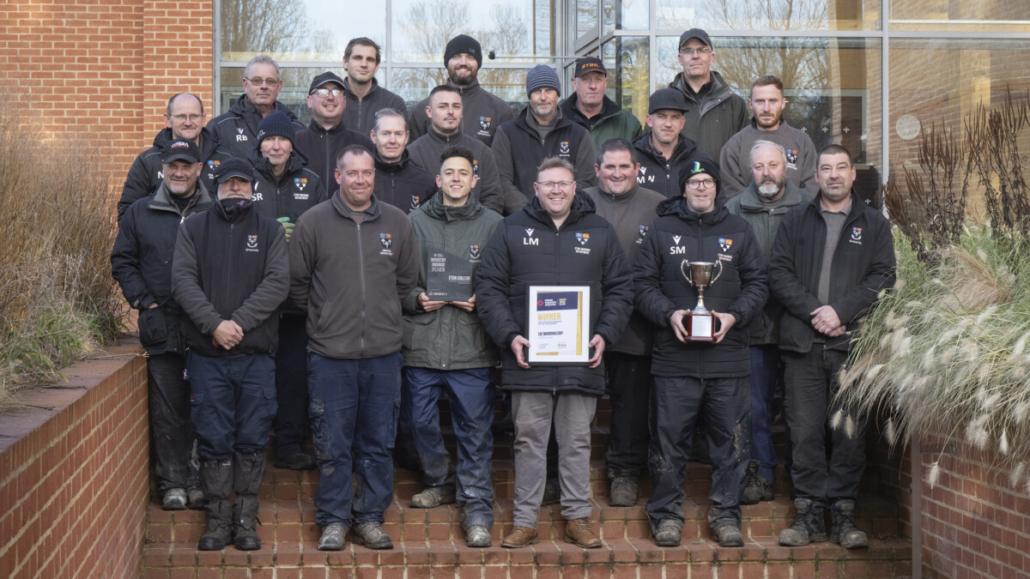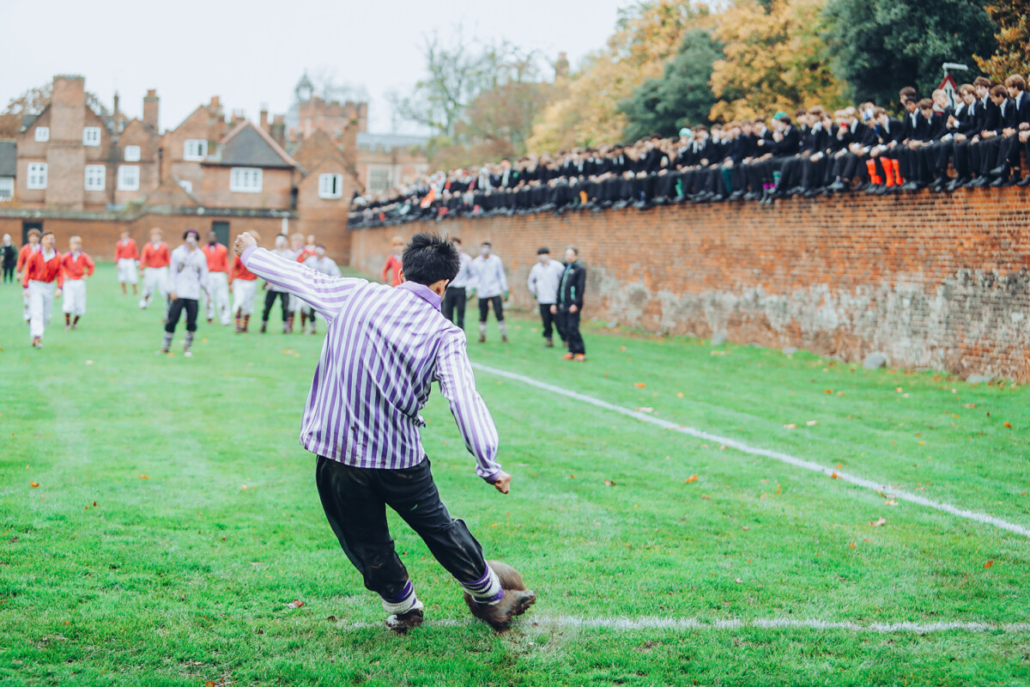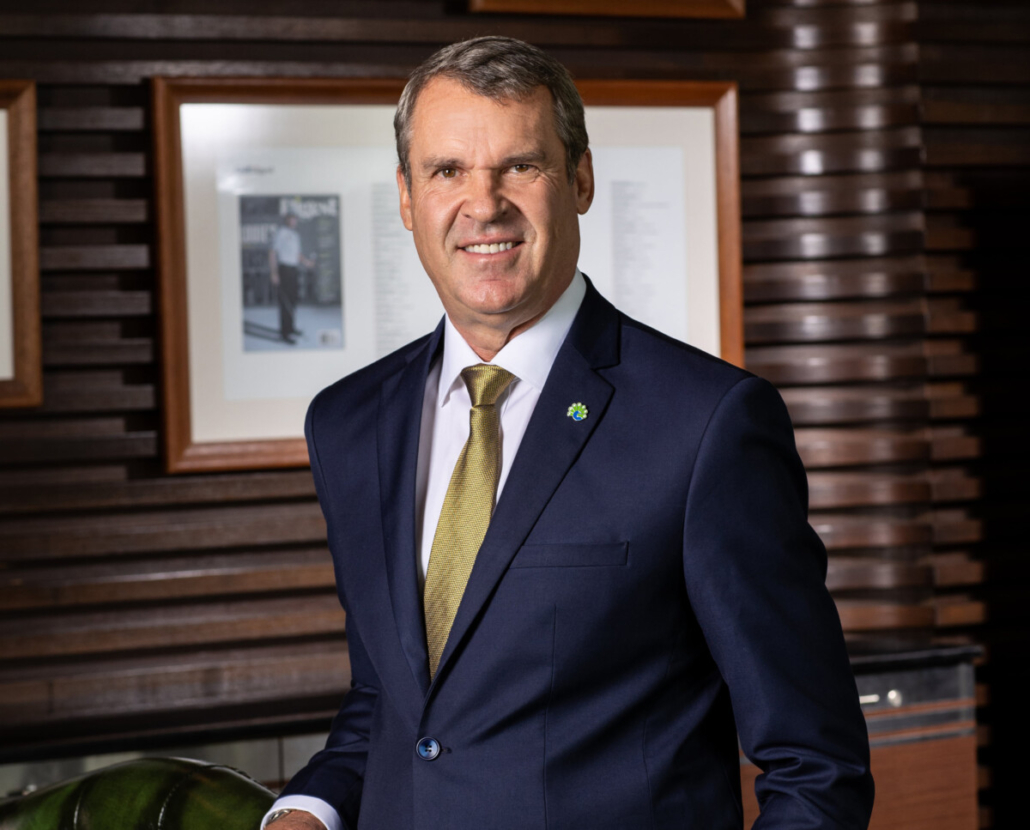A commitment to making a difference
A commitment to making a difference: Scott MacCallum talks with Rob Taylor, Head of Grounds at the 500-acre Worth School campus in West Sussex, a man who likes to get things done…
Having worked as a contractor for five years at Worth School, in Turners Hill, West Sussex, Rob Taylor was a natural choice for taking up the permanent internal Head of Grounds role in January.
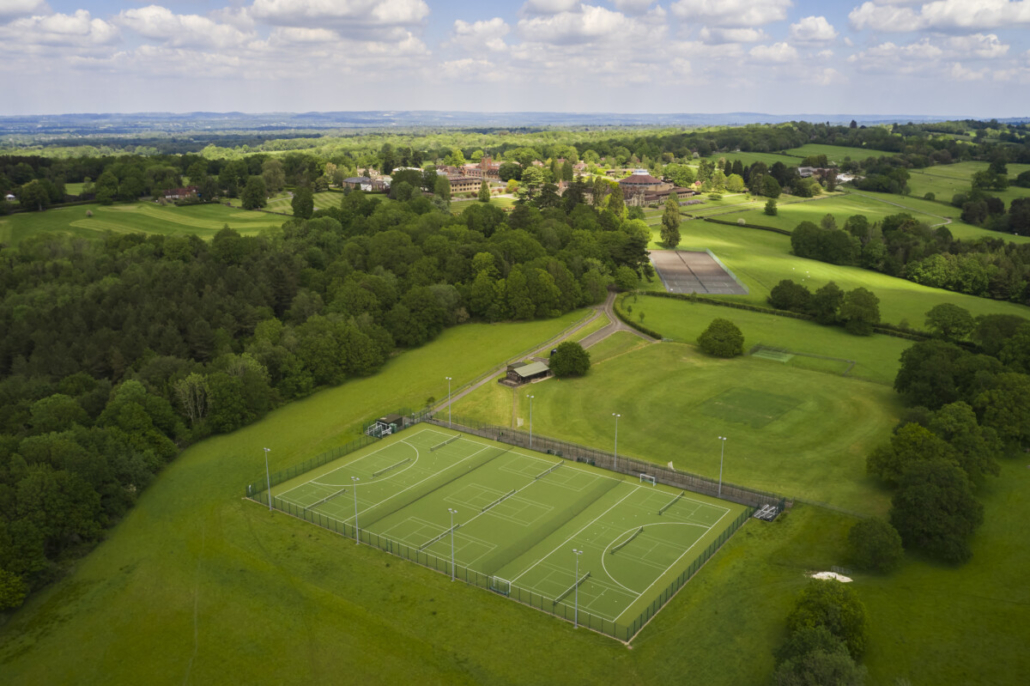
A commitment to making a difference
Rob has not been slow in putting his stamp on things and is committed to making a difference to the outdoor experience at Worth, ensuring the very best quality and aesthetic to the lawns and pitches – whether that be for the annual Speech Day picnic or the constant flow of sport fixtures.
“Leave it better than you found it is an important motto, I’d love to stick to that value. I’d love to have every single home game played without worrying about the weather. I’d love well-draining pitches, which retain moisture in the summer. I’d love all our staff to be well-qualified and for them to be able to apply for jobs knowing that to have been trained at Worth School is a real plus point.”
Rob acknowledges it is his job to ensure the pitches on the campus are fit for purpose at any given time, which is no mean feat.
The 500-acre school campus comprising farm, fields and woodlands, is enjoyed by a large community of 670 day and boarding pupils as well as a thriving lettings business in holiday time where visiting schools and businesses enjoy the facilities.
“With 15 multi-sport pitches, five cricket squares, two grass six bay wide nets and a nine-hole golf course there’s always something to be done!”
Climate change, of course, remains a serious concern; a defining global issue and intrinsically connected with sport as Rob well knows.
“The biggest problem for us has been the weather, as the majority of our pitches are on clay-based heavy soil. We got through January but then the weather turned on us and it’s been shocking,” he added, saying that they had had 14 mil the night before, and that the February rainfall figure was 160 mil, double what it had been the previous year.
However, he brings two decades-plus of experience as he tackles a wide range of sadly common challenges.
“As mad as it sounds I’ve bought an electric post borer. Nine times out of ten the middle of the pitches are fine and you’d get away with a game, but it’s the corners that suffer so we’ve been putting in bore holes and back filling with sand – it’s a 19 mil bore. We did 34 holes in one corner recently and put in around two tonne of sand down to the depth of a metre and a half. It’s very labour intensive.
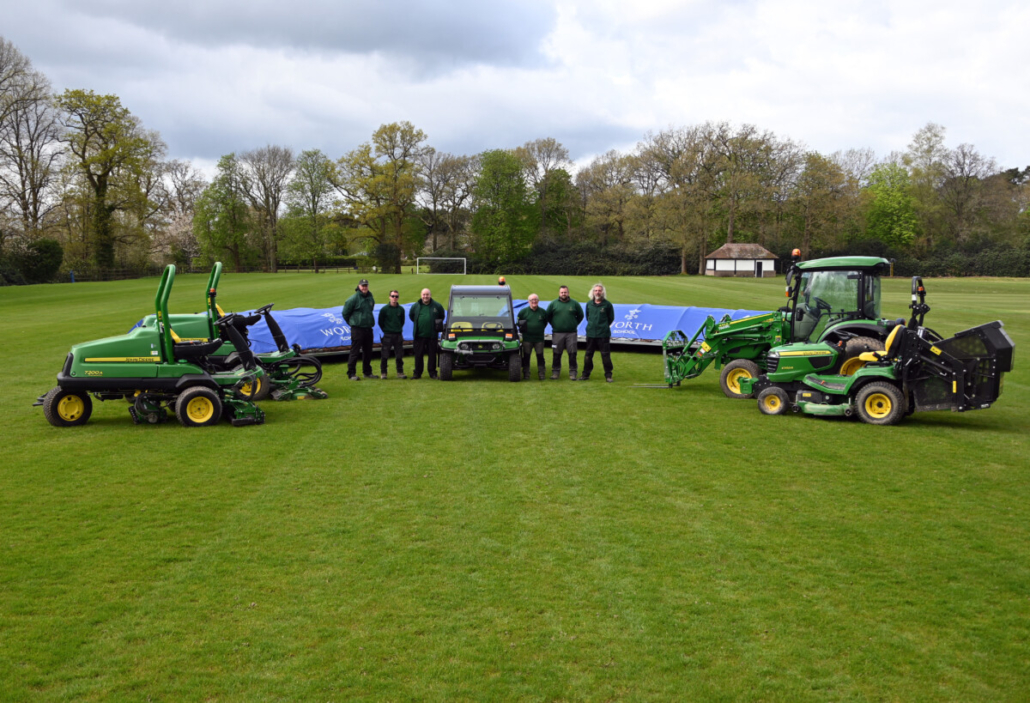
A commitment to making a difference
It took us a day to do that one corner, but it has actually worked.”
Rob’s medium to long term play is to put in perimeter drainage around the school’s playing fields and then add in lateral drainage.
“Just to put in the perimeter drain round one field is a significant cost and we’re waiting for the costings for the laterals. I’ve got a guy putting together a proper four year drainage plan.”
Rob’s initial involvement with Worth School came as a Contracts Manager for Nurture Landscapes, who had the contract with the school to offer support to the now-retired Head of Grounds.
“At the time I was running quite a big patch in the south east for Nurture but when the Head of Grounds retired I was asked by my manager to take over the responsibility as part of my wider remit. But it became a full-time job and when Nurture wanted to pull me out last September the school said that as I’d been at the school for five years I was on their TUPE list – which protects the employment rights of those who move to a new employer – and had protected rights. I decided I would rather stay with the school.”
With his feet under the proverbial table, Rob has set about making his mark on the school. His first move was to commission a consultancy to produce a report into what needed to be done to bring the school up to modern day standards.
“The first thing I did was change the seed, the way it was applied, and the fertiliser programme. I’ve moved to a new amenity seed, supplied by Burnham Brothers, and we’re now using a modern Wiedenmann seeder, which is double decked, so we are doing one pass rather than three. It’s amazing really. We hired it in from a local sports contractor who I’ve known for about 20 years,” said Rob, who himself has been in the industry for 22 years starting as a young lad at Whitgift School, where his grandad also worked.
On the fertiliser regime Rob is working closely with Laura Prior, of Symbio, who visits regularly.
“Laura is sound. She came in here last March and we did soil samples and the fertiliser programme has been tailored from there with her,” said Rob, adding that it fitted will with the goal of introducing a more organic approach.
When the weather has played ball, the pitches have been praised and allowed Rob and the team to show that the new regime does produce the promised results.
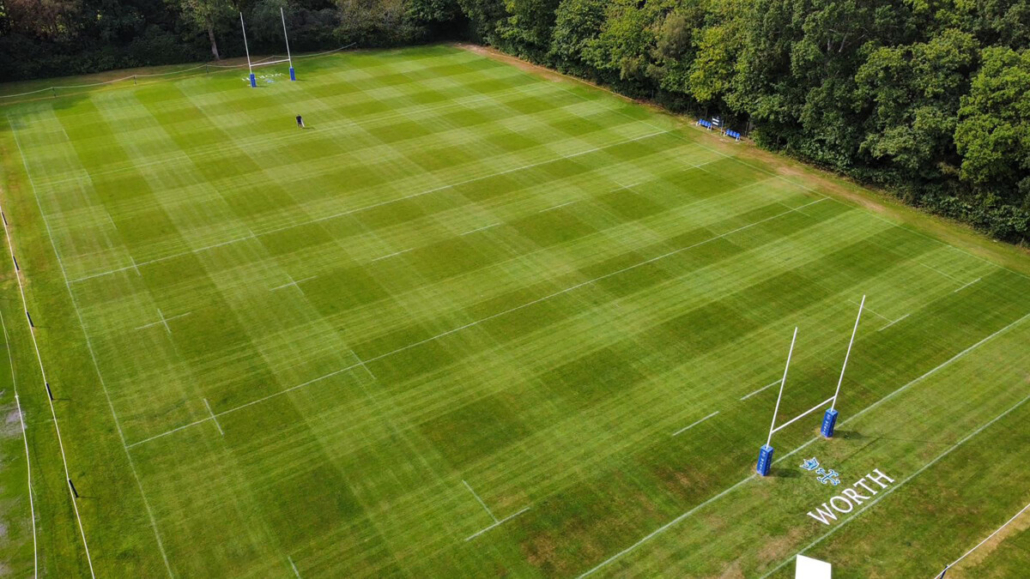
A commitment to making a difference
Rob’s desire to making the required improvements and get things done has been met by a refreshingly positive approach from the powers-that-be within the school. Even if that meant the introduction of a turbo-boosted learning curve.
“I even took the Bursar on a trip to look at vertidrains so that he could understand what it was I was talking about because he’d never seen one. As soon as he saw it in action he said ‘When do you want one?’.” Rob’s direct line manager is the Estate’s Bursar, who, according to Rob, is very like himself in that he will argue for whatever its required.
“The school is listening, but we are talking about a place where not so long ago the pitches were being cut by a 60-year old Ransomes Marquis, which didn’t even have a dead man’s handle!”
Another welcome addition will be the new maintenance facility.
The new building is being started during the May half term, while a Waste2Water system is being installed at the school farm, to be shared by the grounds team and the school mini buses.
Staffing and recruitment issues are common to virtually every Grounds Team, irrespective of which part of the country.
“We were three people down but two people are just completing their security checks and should start fairly soon.”
They will be joining Rob’s Deputy, Richard Sweetman; Foreman Gardener, Bob Brewer, and Assistant Gardener, Jean Pierre.
“There are a lot of young kids who do want to join the industry, but once they start they change their mind very quickly as it’s hard work!”
The recruitment plan in place will allow Rob to split his time between hands-on and office to enable the future planning which he is keen to implement.
Rob has no intention of leaving any time soon but if he ever does, he wants to leave it better than when he found it. Speaking with him you are left in no doubt that he will honour that pledge.
He is looking forward to the final and seventh member of the team joining in September and he is excited about the possibilities at Worth School.

